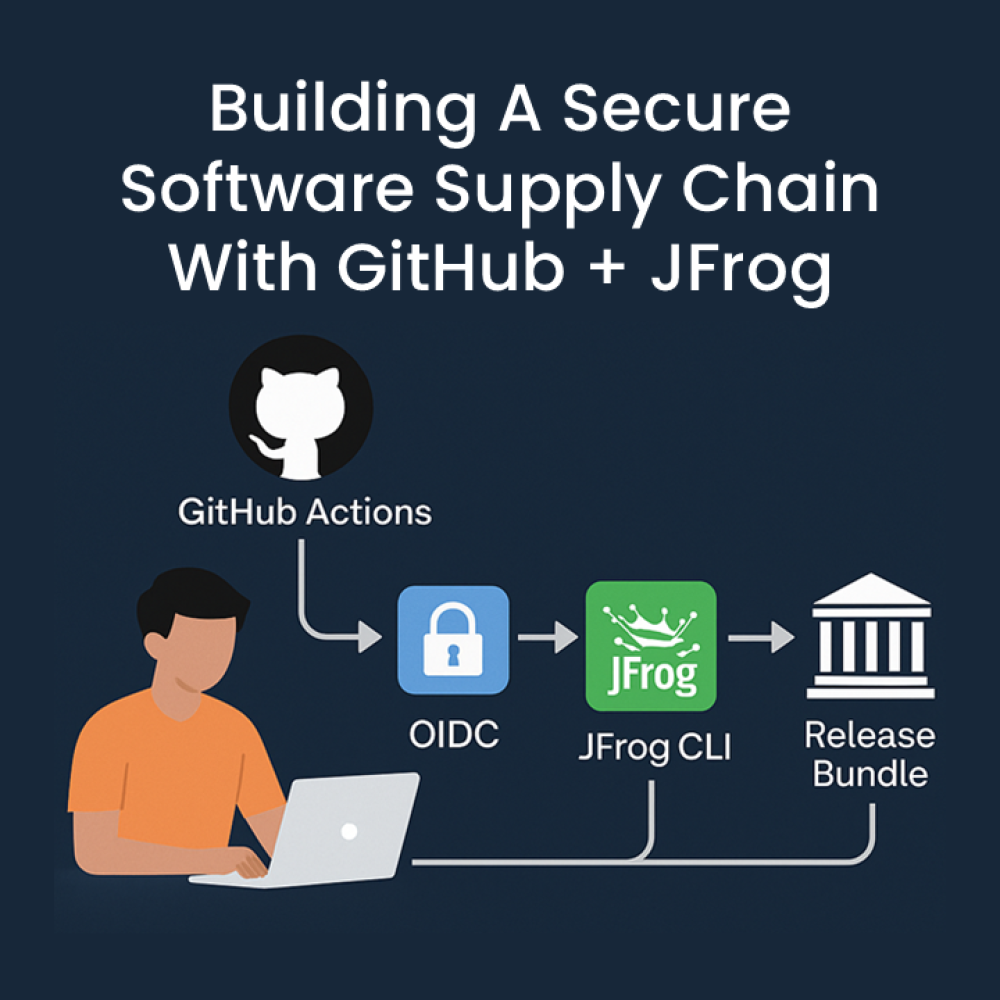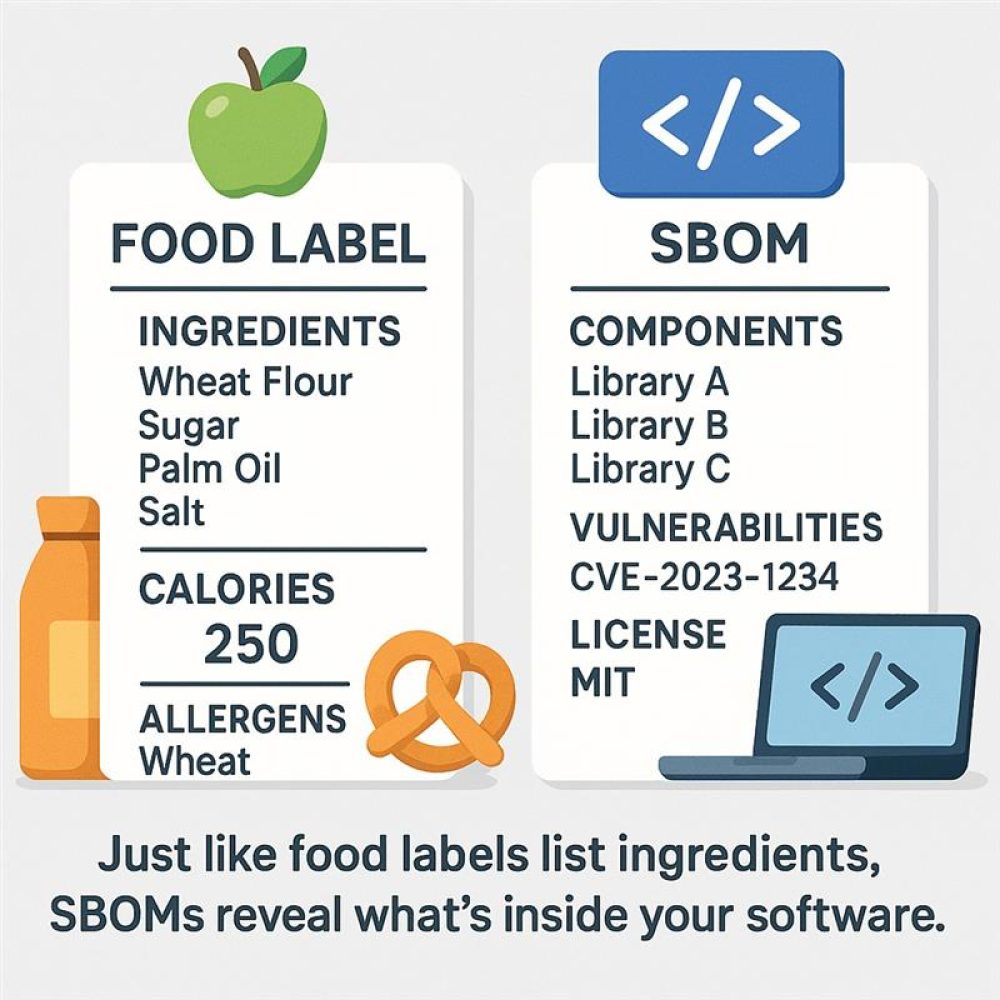In the ever-evolving landscape of data management, traditional centralised approaches often fall short of addressing the challenges posed by the increasing scale and complexity of modern data ecosystems. Enter Data Mesh, a paradigm shifts in data architecture that reimagines data as a product and decentralises data ownership and architecture. In this technical blog, we aim to start decoding Data Mesh, exploring its key concepts, principles, and market insights.
What is Data Mesh?
At its core, the Data Mesh is a sociotechnical approach to building a decentralised data architecture. Think of it as a web of interconnected data products owned and served by individual business domains. Each domain team owns its data, from ingestion and transformation to consumption and analysis. This ownership empowers them to manage their data with agility and cater to their specific needs.
Key Principles of Data Mesh:
- Domain-oriented Data Ownership: Domains, which represent distinct business capabilities, are assigned ownership of their data. This enables teams to have a deep understanding of the data they generate and consume, leading to better data quality and governance.
- Federated Data Governance: Rather than relying on a centralised governance model, Data Mesh promotes federated data governance, where each domain team is responsible for governing its data. This helps in aligning governance with the specific needs and context of each domain.
- Data as a Product Mindset: Treating data as a product involves applying product management principles to data. This includes defining clear data contracts, establishing service-level agreements (SLAs), and providing discoverability and accessibility to data products.
- APIs as Products: Just as software services are treated as products with well-defined APIs, Data Mesh extends this concept to data. Data products are made accessible through well-documented APIs, enabling seamless integration and consumption by other teams.
The following diagram illustrates an example modern data ecosystem hosted on Microsoft Azure that various business domains can operationalise, govern and own independently to serve their own data analytics use cases.

Challenges and Opportunities:
- Cultural shift: Transitioning to a decentralised model requires a significant cultural shift, emphasizing domain ownership and distributed governance.
- Technological limitations: Building and maintaining a robust Data Fabric platform might pose challenges for some organisations.
- Data governance complexities: Federated governance practices for distributed data require careful design and implementation to ensure data quality and security.
Despite these challenges, the opportunities outweigh the hurdles. The Data Mesh offers unparalleled benefits, including:
Benefits of Adopting a Data Mesh:
- Increased agility and speed: Domain teams can make data-driven decisions faster without reliance on centralised teams, accelerating innovation.
- Scalability and resilience: The distributed nature of the mesh allows for horizontal growth and fault tolerance, facilitating efficient data management at scale.
- Improved data quality and trust: Domain ownership fosters accountability and deep understanding, leading to better data quality and increased trust in its accuracy.
- Enhanced data discovery and accessibility: Open data products with clear contracts enable cross-domain collaboration and unlock new insights.
Future Trends and Considerations:
- AI and ML Integration: As organisations increasingly rely on AI and machine learning, integrating these technologies into the Data Mesh framework becomes a natural progression. This involves building data products that support machine learning workflows and incorporating AI-driven insights into domain-specific data.
- Evolution of Standards and Tools: The Data Mesh ecosystem is still evolving, and industry standards and tools are continuously emerging. Organisations should keep a close eye on these developments to adapt their Data Mesh implementations accordingly.
- Cross-Organisational Collaboration: Data Mesh principles can extend beyond individual organisations to enable collaboration between different entities. This involves defining clear interfaces and contracts for data exchange, fostering interoperability between disparate systems.
The Data Mesh is more than just a trendy architectural concept; it’s rapidly evolving into a mainstream approach for managing data in the digital enterprise. To truly understand its significance, let’s delve into some key market insights:
Growing Market Value:
- Market research firm MarketsandMarkets forecasts the Data Mesh market to reach USD 15.86 billion by 2027, showcasing significant growth potential.
- Major vendors like Microsoft, Collibra, and Informatica are actively developing and investing in Data Mesh-related solutions, recognising its increasing demand.
Conclusion:
In conclusion, Data Mesh represents a paradigm shift in how organisations approach data architecture and management. By treating data as a product and decentralising ownership, Data Mesh addresses the challenges of scale, complexity, and agility in modern data ecosystems. Implementing Data Mesh requires a strategic approach, embracing cultural change, and leveraging the right set of technologies to enable decentralised, domain-oriented data management. As organisations continue to grapple with the complexities of managing vast amounts of data, Data Mesh emerges as a promising framework to navigate this new frontier.


